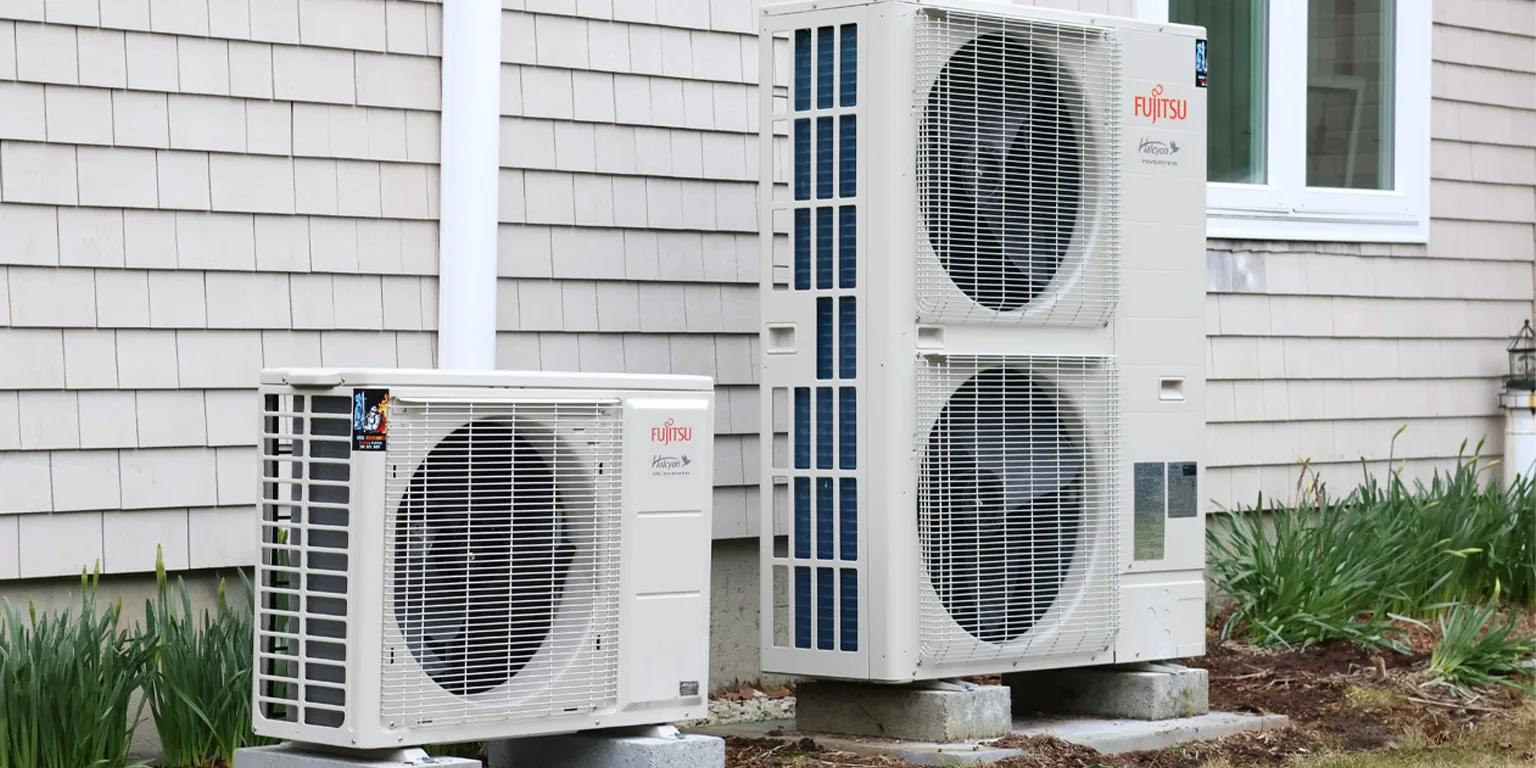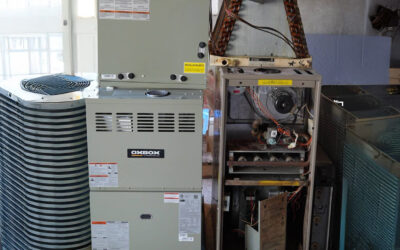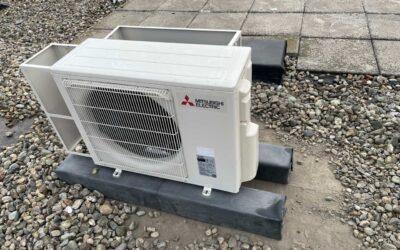A mini split system is a type of air conditioning system that doesn’t require ductwork. It consists of an outdoor compressor unit and one or more indoor air handlers. These systems are known for their efficiency, ease of installation, and ability to provide zoned climate control. Mini splits are an excellent choice for garages, especially if the space wasn’t originally built with heating and cooling in mind.
Why Voltage Matters
The primary difference between a 110V and a 220V mini split system lies in the electrical power they draw. This affects not only installation but also efficiency, cost, and performance.
The Basics of 110V and 220V
110V Mini Splits: These systems are designed to run on a standard household electrical circuit. They are typically easier to install because they can plug into existing outlets. However, they might not be as powerful as their 220V counterparts.
220V Mini Splits: These require a dedicated circuit and are generally more powerful. They can handle larger spaces and may operate more efficiently under heavy loads. Installation might be more complex, potentially requiring a professional electrician.
Efficiency Comparison: 110V vs 220V
When it comes to efficiency, both 110V and 220V mini splits have their pros and cons. The efficiency of an air conditioning system is often measured in terms of BTUs (British Thermal Units) per hour. A common model for garages is the 12,000 BTU mini split.
Which is More Efficient: 12,000 BTU 110V or 220V?
Power Consumption: Generally, a 220V mini split might be more energy-efficient as it tends to draw less current for the same amount of power output compared to a 110V system. This can lead to lower electricity bills over time.
Performance: In terms of performance, a 220V system is typically more robust, making it suitable for larger garages or spaces that require more consistent temperature control.
Installation Costs: While a 110V system might be easier and cheaper to install, especially for DIY enthusiasts, a 220V system could incur additional installation costs due to the need for a dedicated circuit.
Choosing the Best Mini Split for Your Garage
When selecting a mini split for your garage, consider the following factors:
Space Size and Usage
Size of the Garage: A larger garage will benefit from the higher power and efficiency of a 220V system. For smaller garages, a 110V mini split might suffice.
Usage: If your garage is frequently used as a workshop or other high-activity area, investing in a 220V system can provide better temperature regulation.
Climate and Insulation
Local Climate: In areas with extreme temperatures, a 220V mini split is likely to offer better performance and efficiency.
Insulation: Well-insulated garages retain temperature better, potentially allowing for a smaller system. Poorly insulated spaces may require the power of a 220V system.
Budget and Installation
Budget Constraints: A 110V mini split might be more budget-friendly initially, both in terms of purchase and installation.
Professional Installation: Consider hiring a professional for a 220V system to ensure safety and optimal performance.
Installation and Maintenance
Whether you choose a 110V or 220V mini split, proper installation and regular maintenance are key to maximizing efficiency and lifespan.
Installation Tips
Location: Place the indoor unit where it can evenly distribute air throughout the garage.
Professional Help: For a 220V system, hiring a qualified electrician is advisable to handle the electrical work.
Maintenance
Regular Cleaning: Clean the filters and check for any blockages to maintain air flow.
Annual Check-ups: Schedule regular maintenance to ensure the system operates efficiently.
Finding Mini Split Installation Near You
If you’re ready to install a mini split system, finding a reliable installer is crucial. Search for mini split installation near me or request a quote for minisplits near me to find local professionals. They can provide quotes and help you determine the best system for your garage’s needs.
Conclusion
Choosing between a 110V and 220V mini split for your garage involves weighing factors like efficiency, cost, and installation complexity. While 220V systems may offer higher efficiency and performance, a 110V system could be a cost-effective and easier-to-install solution for smaller spaces.
Evaluate your specific needs, budget, and garage conditions to make an informed decision. With the right mini split system, your garage can become a comfortable and functional space throughout the year.




